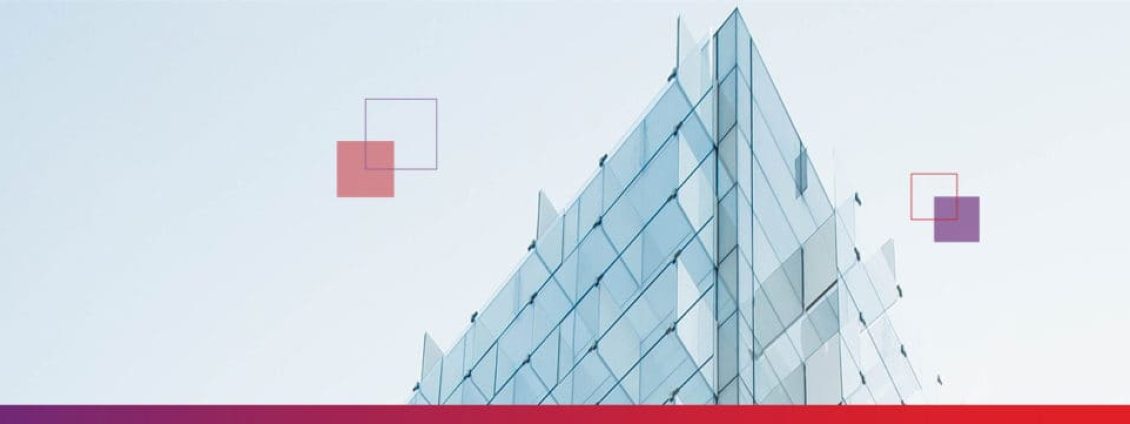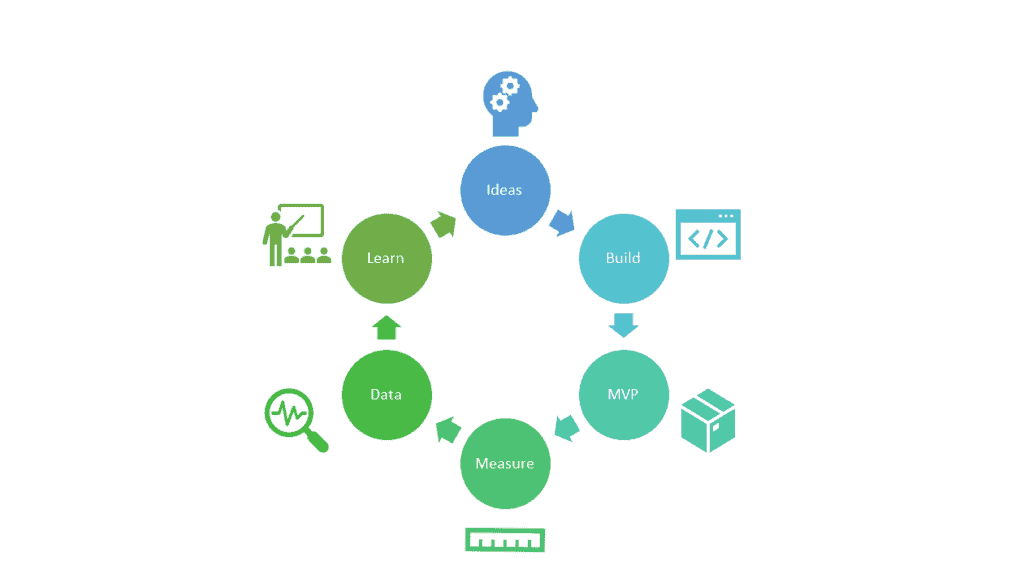- Solutions
Our solutions
Digital solutions combining strategy, technology, automation and people.
Technology advisory
Navigate the fast-changing world
Cloud engineering
Transformational change at scale and speed
Data solutions
Realise the untapped potential of data
AI and machine learning
Leverage your data assets
Application engineering
Optimise and grow your digital investment
Maintenance and support
End-to-end application management
Business process solutions
Manage business processes to reduce operating costs
Quality solutions
Independent testing for your systems and software
Digital experience platforms
Redesign your digital assets for the optimal customer experience
- Industries
Industries
We provide solutions tailored to your sector to assist you in identifying opportunities, realising value and opening up new markets.
Banking
Delivering next-gen banking solutions that drive growth
Healthcare
Patient empowerment, lifesciences, and pharma
Retail
Functional and emotional customer experiences online and in-store
Travel
Airlines, online travel giants, niche disruptors
Media and publishing
Content consumption for the tech-driven audience
Hi-tech and IOT
Real-time information and operational agility and flexibility to respond to market changes
Logistics and supply chain
Reimagine a supply chain that is more flexible and resilient to change
Education
Create an exciting and engaging digital experience for students and departments
Insurance
Streamline operations, expedite claims, and unlock new possibilities
- Our thinking
Our thinking
The latest updates to help future-focused organisations on the issues that matter most in business.
News
Keep up to date with company news and announcements at NashTech
Insights
The latest expertise and thought leadership from the NashTech and our clients
Resources
Expert guidance on everything from complex technological issues to current trends
Digital Leadership Report
Explore insights from the latest world's largest and longest-running study on technology leadership
- Case studies
- About us
About us
Find out what makes us who we are
Leadership
The diverse leadership team at NashTech
Nash Squared
A global professional services organisation with three key areas of focus
Vietnam 360°
Experience a 360 degree all-encompassing virtual tour of NashTech’s Vietnam offices
ESG
Discover our environmental, social and governance commitments
Diversity, equality and inclusion
Making diversity, equality and inclusion an integral part of our culture
Our locations
Discover our network of global offices, centres of excellence and innovation
- English
Minimum viable product: what it is and what it isn't

When we propose developing a minimum viable product (MVP), customers will often ask us to clarify what that means and the value it will deliver. Here, Duong Nguyen, Business Analyst at NashTech, outlines how we define, develop and learn from MVPs, and how we avoid some of the potential pitfalls associated with them.
What is a minimum viable product (MVP)?
The MVP concept itself was defined in 2001 as part of Lean Startup, and popularised by Eric Ries and others several years later. It emphasises the impact of learning on product development.
When we propose an MVP approach in the early phase of engagement, we’re talking about a version of a product or system that has just enough features to:
- Validate a concept with users before committing budget to full product development
- Attract or satisfy early-adoption customers
- Allow provision of feedback to influence full product development
What value does an MVP deliver?
The key premise is creation of a usable product that can be offered to customers. Observing their interaction with it provides much more reliable feedback than simply asking them how they would use a product in theory, or what features they would like it to have.
An MVP also allows you to gain insight into customers’ interest in your product without developing it fully. The sooner you can find out whether your product will or won’t appeal to customers, the less effort and expense you will spend on a product that may not succeed.
The NashTech way: an MVP allows time to experiment

At NashTech, we’ve made MVP delivery part of our responsive offshore agile development (ROAD) method so that our clients can:
- Launch a new product or system as quickly as possible with must-have features to meet business requirements and keep within budget
- Validate new ideas or features with real end-users, to understand which features and capabilities must be part of the final product
- Make changes or adjustments to original ideas or features to improve a product or system so that it better meets business needs
There are two key stages to develop an MVP.
1. Ideas
Through a series of functional and technical workshops, we assist our client to capture business requirements, build a high-level product backlog and define the core features that can be candidates for the MVP. We also support them to:
- Choose the right technology platform
- Define a high-level solution architecture for the new product that fits in their existing (or target) technology ecosystem
We use the high-level functional requirements generated during this step (‘epics’ or ‘user stories’ in Agile terms) as the basis for scoping the MVP and estimating the build phase.
2. Build
We produce an estimate and a project plan for MVP requirements collected. The estimate and project plan cover the activities involved in building the MVP from detailed requirements analysis, design and coding through to testing to make sure the MVP is of sufficient quality.
We analyse the user stories defined in the MVP scope to support implementation of the features. This approach — part of the sprint backlog refinement — helps to accommodate changes during elaboration.
Once the MVP is launched, our client can learn about the product, measure customer reaction (positive and negative) and decide which features to subsequently build or adjust. We help our client to understand the customer reaction and to:
- Identify the functional requirements
- Prioritise the backlog
- Estimate and implement the new features (or changes) to continuously improve the product or system
Avoiding common misunderstandings and pitfalls
The most common and important misconceptions relating to MVPs include:
Misunderstanding the purpose of an MVP.
It’s easy to think that an MVP is simply the smallest amount of working functionality that can be delivered. This ignores the fact that an MVP provides the opportunity to learn about the business viability of the product. We always stress the learning aspects of MVP, which are especially important for a Lean Agile approach.
Confusing MVP with PSI (potentially shippable increment) or MMP (minimum marketable product).
An MVP is about doing the minimum amount of work to close a learning loop, while the PSI and MMP concepts are about delivering a collection of features that solve customers’ problems. This may seem like semantics, but ensuring team-wide understanding and common purpose are critical to a project’s success.
Prioritising 'minimum' over 'viable'.
This approach will deliver an MVP very cheaply, but won’t it be of sufficient quality to provide an accurate assessment of whether customers will want to use the final product. At NashTech we never cut corners in developing software: we work with our clients to ensure that every MVP includes these key elements:
- Functionality — the MVP’s features deliver clear value to users
- Design — the MVP’s design meets the highest industry standard
- Reliability — rigorous testing ensures production-quality reliability of the MVP
- Usability — the MVP is intuitive to use
The MVP is the first and last product increment.
It’s not the case that once the MVP is delivered, no further changes to the product will be made. We ensure solid governance and transparency of progress, and use customer feedback received about the MVP to guide further development phases as needed.
How NashTech can help
Using MVPs as part of our ROAD method ensures we build products and systems with only the required features (viable and sufficient). This supports rapid delivery of business value and continuous improvement — and allows our clients to manage projects within budget.
To find out how NashTech’s delivery method featuring MVPs can help your organisation bring products to market more efficiently, visit our software development services or email info@nashtechglobal.com and a member of the team will be in touch.
Suggested articles

The art of human-AI collaboration: A case study in model improvement
For over 16 years, NashTech has been a trusted partner, providing data management solutions that have fuelled the exponential growth of our client’s online shopping platform. The approach has...

From rising above adversity to riding the wave of digital transformation in the education sector
Explore how NashTech help Trinity College London ride the wave of digital transformation in the education sector

Migrating and modernising the virtual learning environment to AWS for an enhanced experience
The migrated and modernised Moodle infrastructure means that The Open University can now take advantage of cloud benefits.


